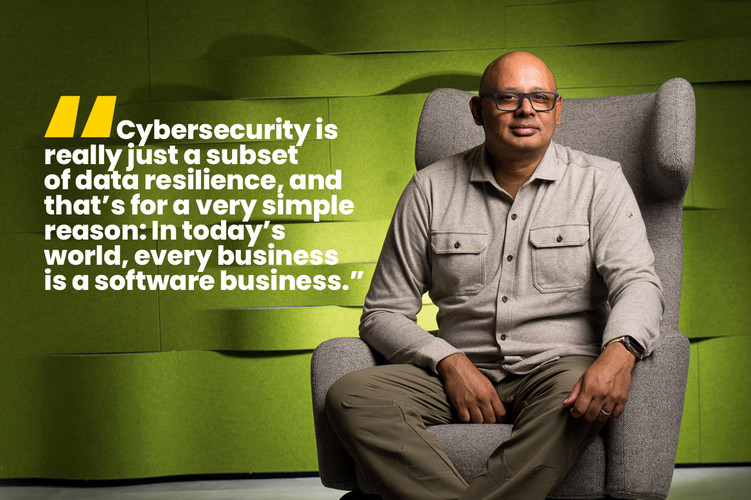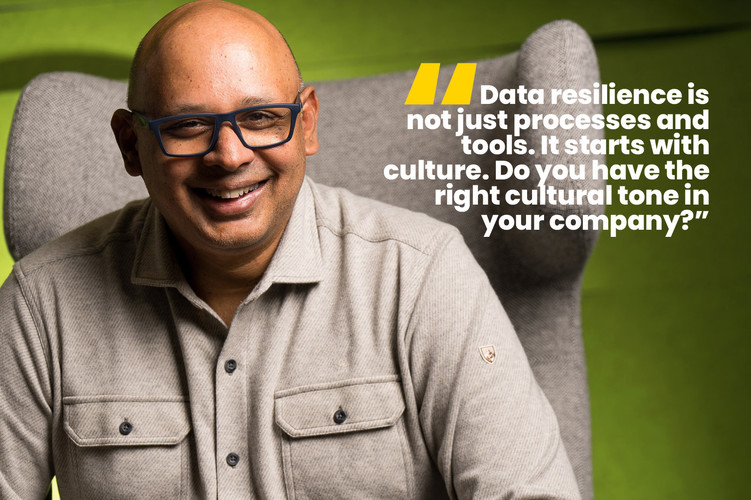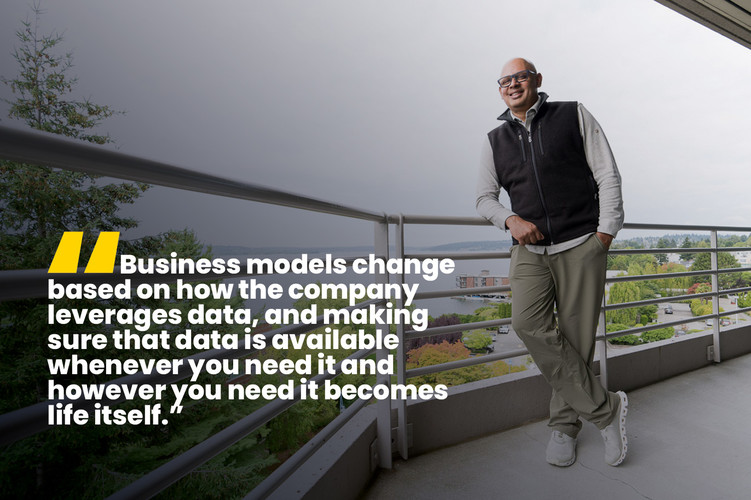BIZTECH: What’s your definition of data resilience, and how is it distinct from cybersecurity?
Cybersecurity is really just a subset of data resilience, and that’s for a very simple reason: In today’s world, every business is a software business. It doesn’t matter which industry you’re in or how you’re regulated. Business models change based on how the business leverages data, and making sure that data is available — whenever you need it, however you need it — becomes life itself.
Cybersecurity, which is about how you secure the data, is one aspect of data resilience, but there are many other dimensions to it that are critical. The end goal is, do you have access to your data at every point in time?
BIZTECH: What characterizes a data-resilient organization?
We approach data resilience according to five pillars. The first is the most basic one: Do you have data backed up in the right way? That seems very straightforward, but you’d be shocked by how many companies don’t have the right backup strategy in place. And that’s vital because our research tells us that 93% of ransomware attackers go for the backups first.
Our research also tells us that about 85% of companies have had at least one successful ransomware attack against them, and 26% had four or more. So, the second pillar is, can you recover quickly from a breach? What’s your recovery strategy, and can you get to your recovery time objective and recovery point objective?
Third is data freedom, which is not often talked about. There are many instances where you’ll just need to change your tech stack. You may see a better tech solution, or companies may just change their posture. No matter what choice you make, you need your data to travel with you with minimal fuss.















